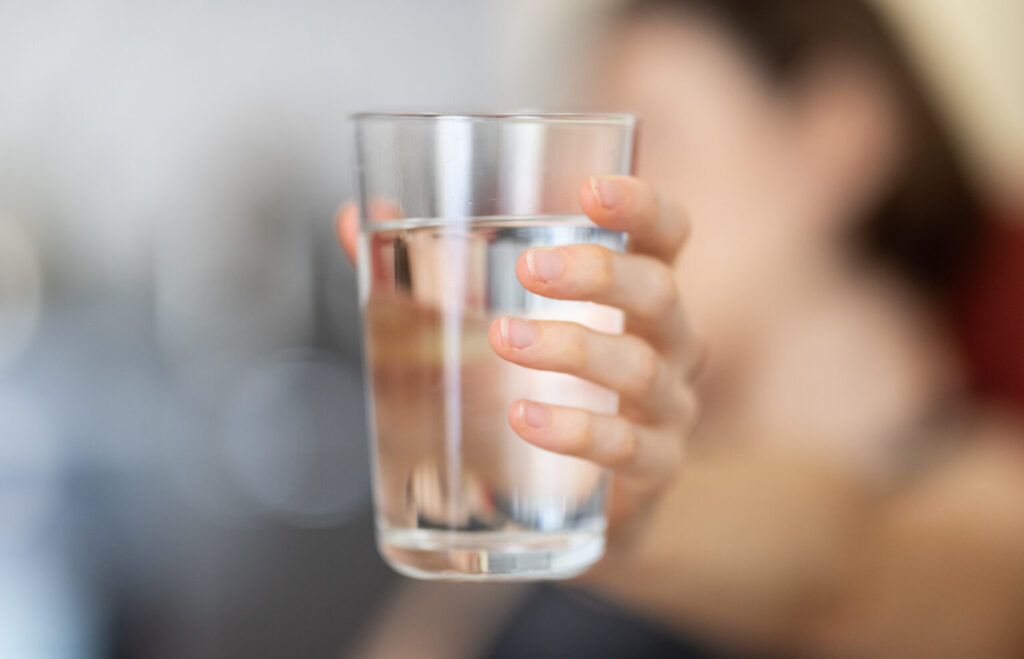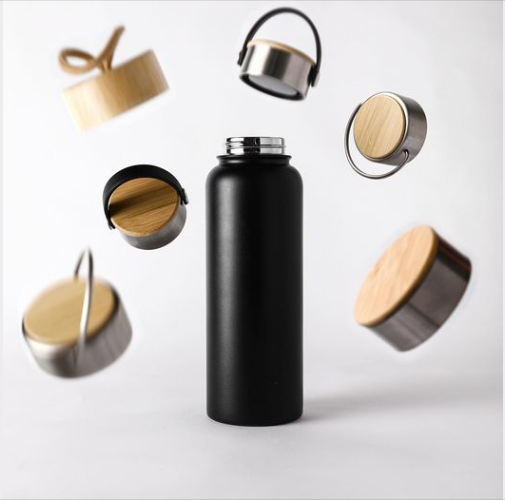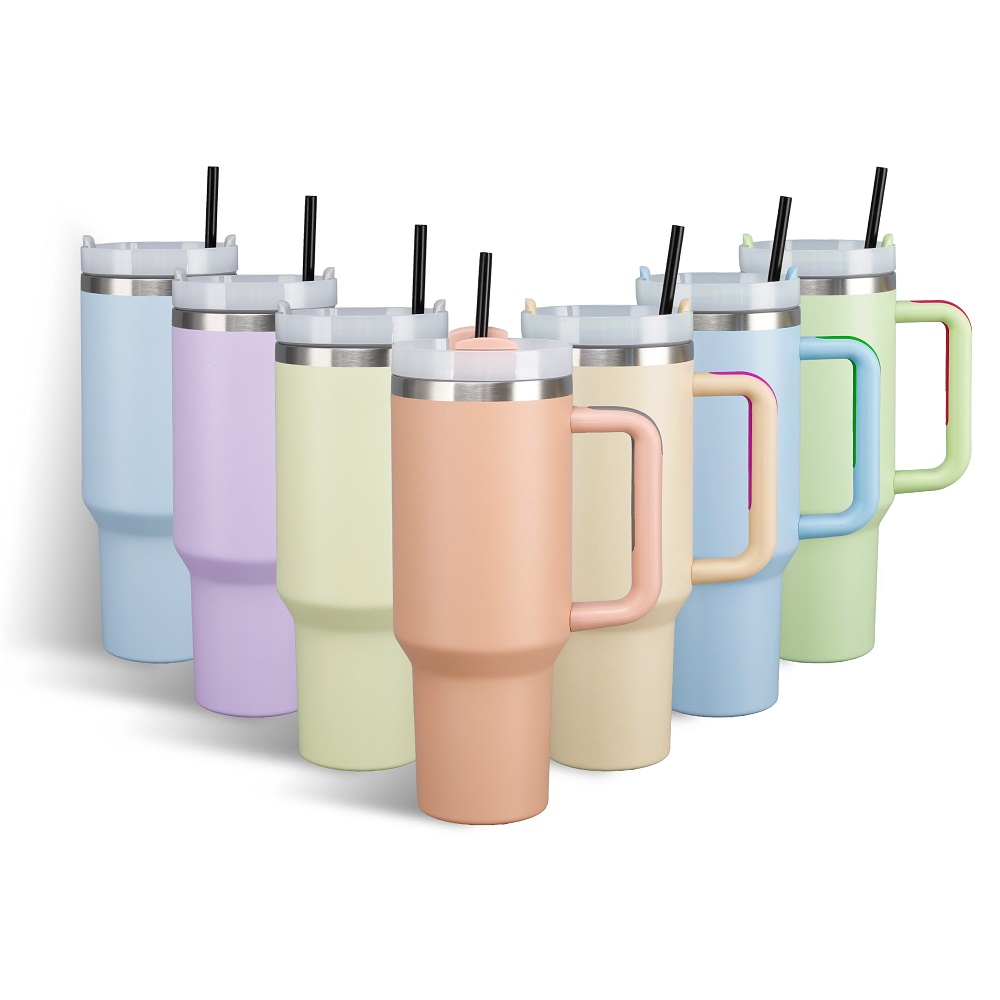Why adequate hydration is important?
Our bodies are predominantly composed of approximately 60% water, and this vital resource is utilized extensively to facilitate nearly every bodily function. Moreover, we continually lose substantial amounts of water through natural processes such as perspiration, respiration, and excretion. Maintaining adequate hydration is crucial to ensure optimal bodily performance.
Controls Body Temperature: Water plays a pivotal role in maintaining our body’s temperature equilibrium, ensuring we remain cool in scorching heat and warm in chilly conditions.
Facilitates Digestion: Adequate water intake aids in optimizing digestion and preventing the discomfort of constipation.
Enhances Physical Performance: Optimal hydration is paramount for peak physical performance, as it promotes efficient muscle function and mitigates the onset of fatigue.
Nurtures Skin Health: Sufficient water consumption nurtures skin hydration, reducing the visibility of fine lines and wrinkles, and contributing to a healthy complexion.
Amplifies Cognitive Abilities: Dehydration can trigger headaches and impair cognitive function. Regular water intake can enhance mental focus and concentration.
Insufficient hydration impairs the normal functioning of the body, affecting cognitive abilities, emotional well-being, and overall productivity throughout the day.Being mindful of the telltale signs of dehydration enables us to fine-tune our water consumption and maintain optimal hydration levels.






